I wrote about my introduction to electronic literature, my initial views, and some words about a piece of work I enjoyed. I will continue with one more piece of work that I found interesting, but since this post is the last of the series, I’ll also write about anything else relevant for this semester and some reflective thoughts.
I thought to myself that I’ve been ranting on about how difficult it’s been for me to find something that I like and enjoy in the collections, but that’s kind of how art works. Unless you produce something generic, most people will not enjoy the same pieces of creative work. While I’m not sold on the “taste is subjective” theory, I do believe that raw feelings will try to guide our attention; whether we stay or move on is up to other factors. I try to organize work into groups of layers; parts I like, love, loathe, confused, etc. The total sum of positive affections towards the piece will decide if I like it or not. I can watch a movie and really love the cinematography and score, but dislike the script or the actors. I believe there is often something positive to extract from anything in life, but being able to differentiate the layers requires knowledge over time. I’d like to quote David Hume right about here, but I do not remember exactly where in the essay “Of the standard of taste” my points would be strengthened; I do however recommend reading the essay if you’re interested in Hume’s thoughts on how we should judge aesthetics.
After searching for something to grab my attention, I finally found another piece that I’d like to write about. It’s called “In Absentia” by J.R. Carpenter and it a fairly simple work of fiction created by using the Google Maps API (Application programming interface) and connecting stories to certain places on the map. His goal is to convey the issues with gentrification, to let the people in affected areas tell their stories and how their live has changed due to the restructuring of the neighborhoods.
There are several reasons why I like this piece. I can see how gentrification makes life harder for those of us with less economic stability and how it can reform large areas and even cities. Another reason is the use of a modern service like Google Maps and how scalable this can be. This piece is quite small, but think about how one can use the tools to create an enormous interactive map of stories. I’ve criticized the overall design of the collection – both in pure aesthetics and in user interface design. By using a tool that a lot of us are familiar with, it becomes second nature to navigate the story.
This semester has been filled with so much new and diverse information, and it’s been kind of hard to process everything, but I guess it’s not been the objective to be well informed in every part of the curriculum. Like most knowledge, it fades over time unless it’s kept fresh in our memory. I think of our brain as a library of metadata. We can collect keywords about what we’ve heard or read, but the main file is often deleted or corrupted over time. Hearing that keyword again can help us navigate back, even if we need to look it up again. From all the various sub-genres of digital art and literature, to technical terms within video games. I envy people with the ability to remember every page they read, but I take some pride in my ‘googling speed’; I do not give up until I’ve spent a lot of time on it.
Truth be told, I started the year with high hopes and a lust for creating; finally, a professor with shared views on learning pedagogy. It didn’t take long before my problems with my mental health began to drag me down again, depression, angst and apathy. Any strength got allocated to showing up, recharging with fellow students, and pushing through the bare minimum. I’ve had two photography shoots this year, one to help a friend and the other because of the opportunity to visit New York City. I did 18 shoots in the four first months of 2017. It hurts to reflect on the lost work I could’ve done in this course. The second part of the exam will contain an optional part with the choice to create something; can I redeem myself with that one? I’m trying to psych myself up to do just that. Hoping that my creative spark will ignite when reading the description. Like with the keywords mentioned above; I can often visualize ideas right after hearing a vague description. Trying to shine light on the idea (like Plato’s Cave), and producing the technical schematics for the process.

Not sure what else to write. Maybe I should just end it right now. One last thing though. I’ve said that I do not see myself as a decent writer and that I’ve left a stack of failed blogging attempts, but if the timing is right and my mental state is in limbo, I may continue to write; reflective or not.
Thanks for the positive attitude, Mia.
Gone through days without talking
There is a comfort in silence
So used to losing all ambition
Struggling to maintain what’s leftOpeth
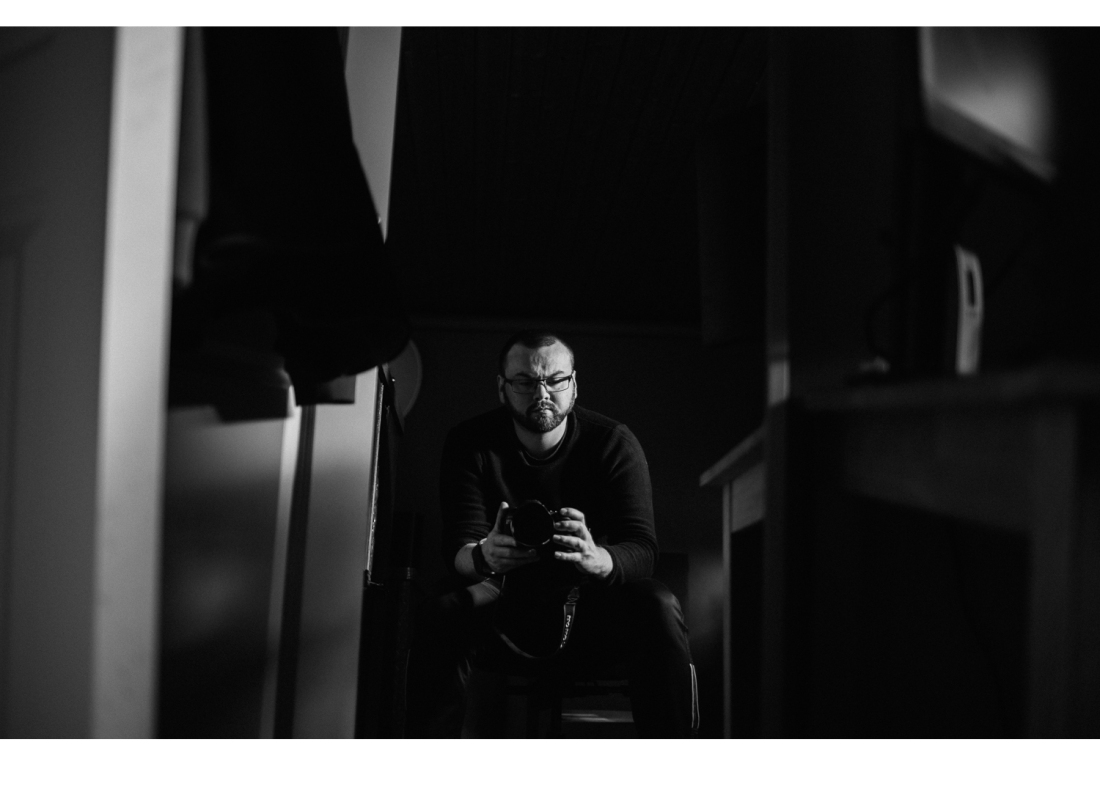
Of the Standard of Taste
http://www.bartleby.com/27/15.html
In Absentia
http://collection.eliterature.org/2/works/carpenter_inabsentia.html
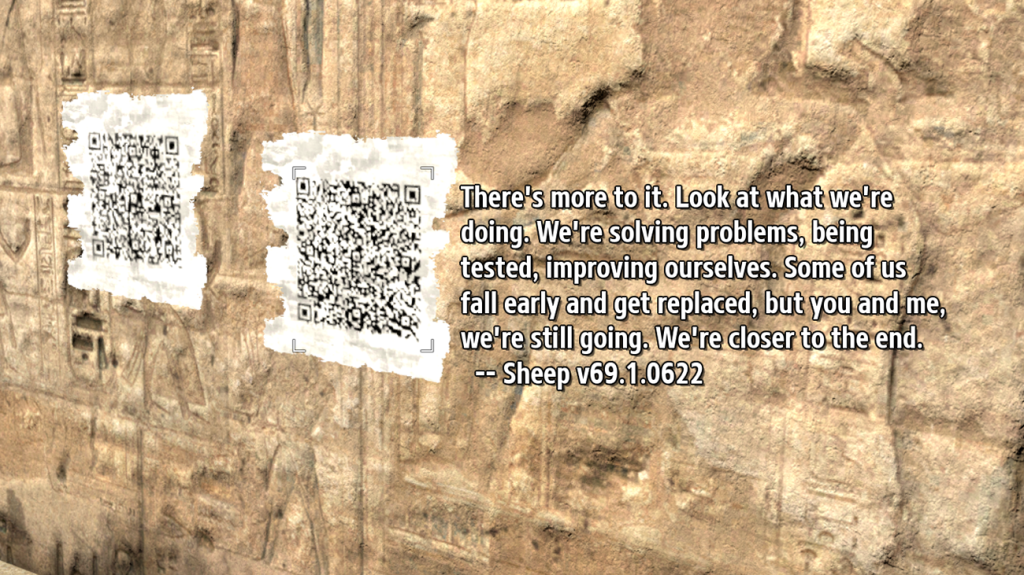
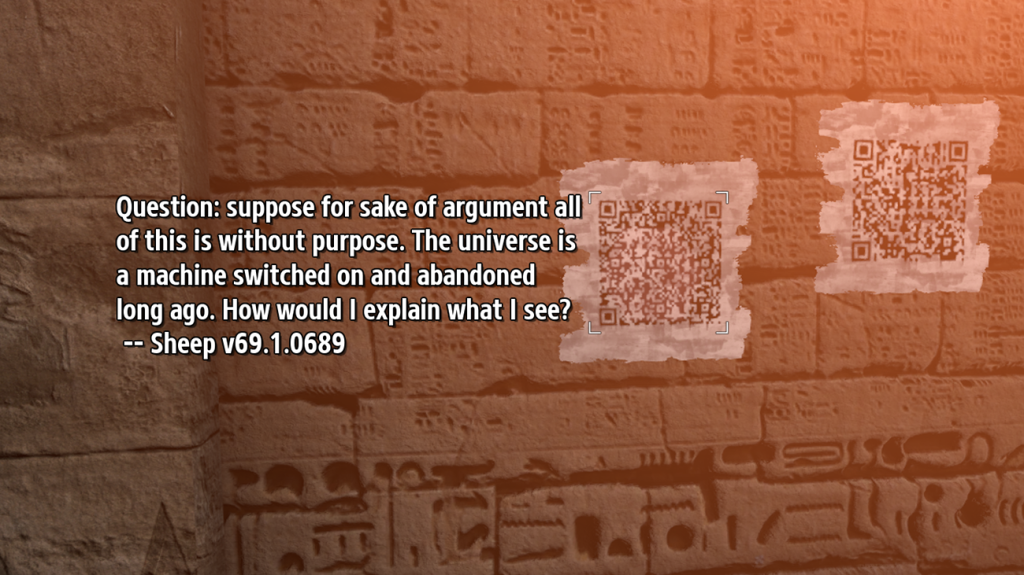
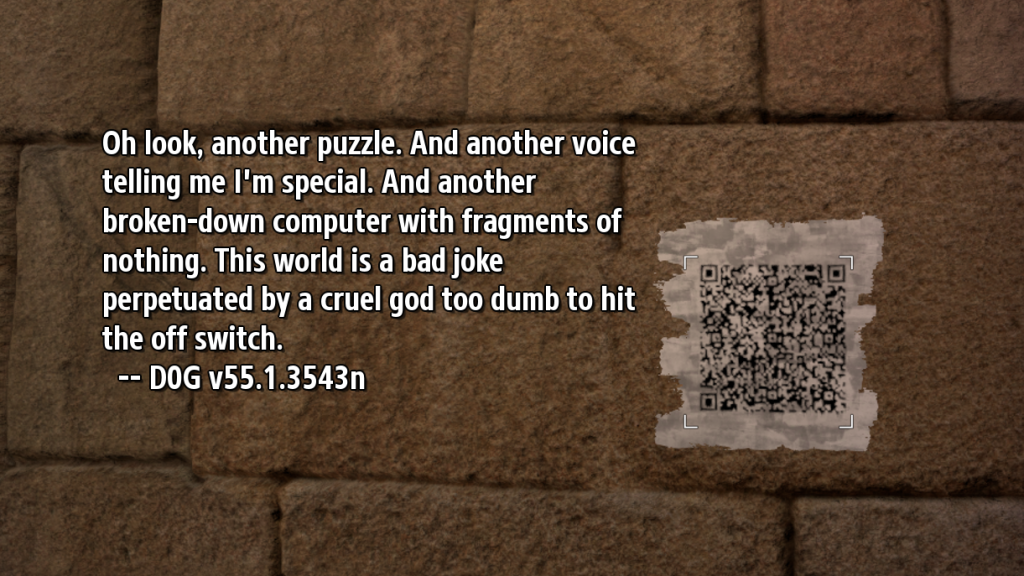
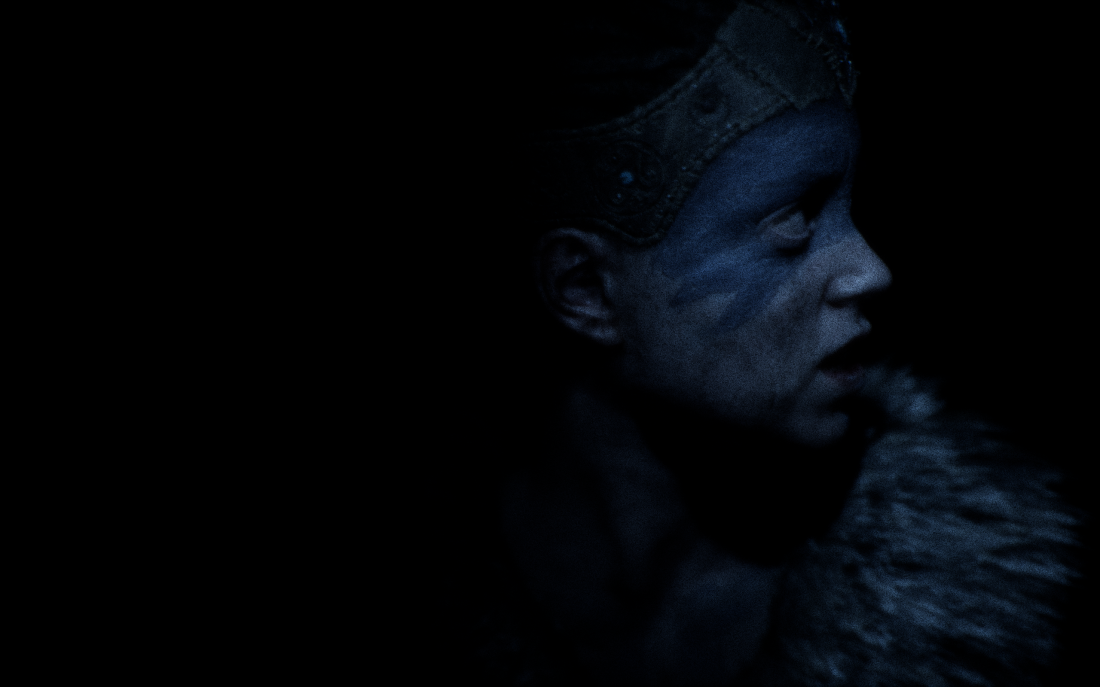
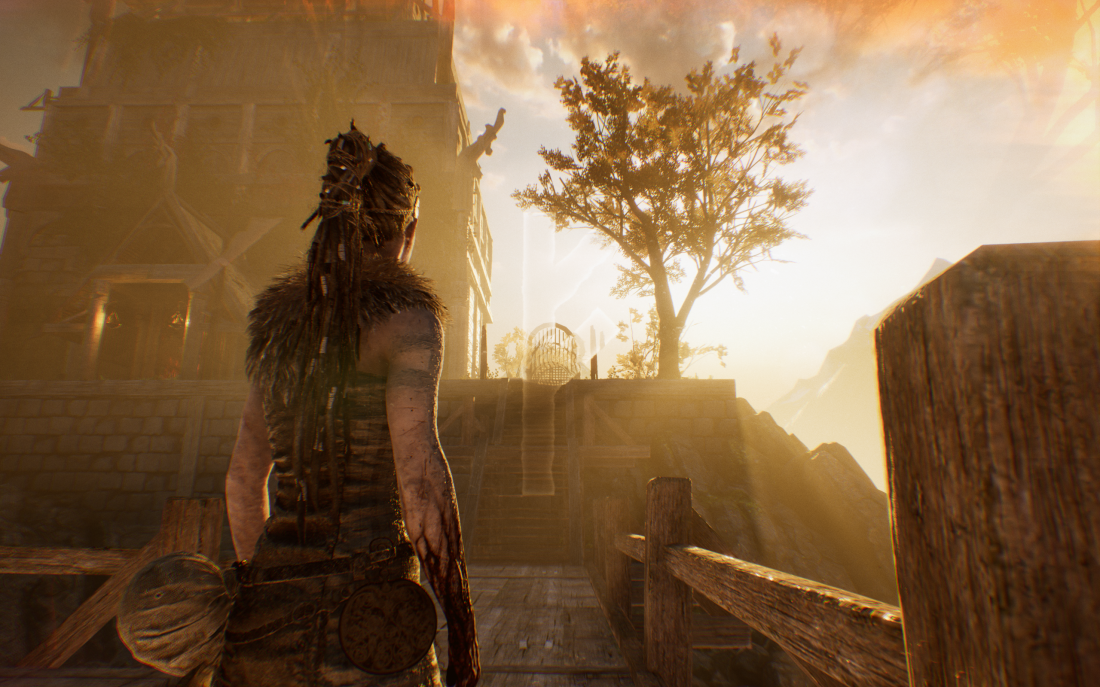
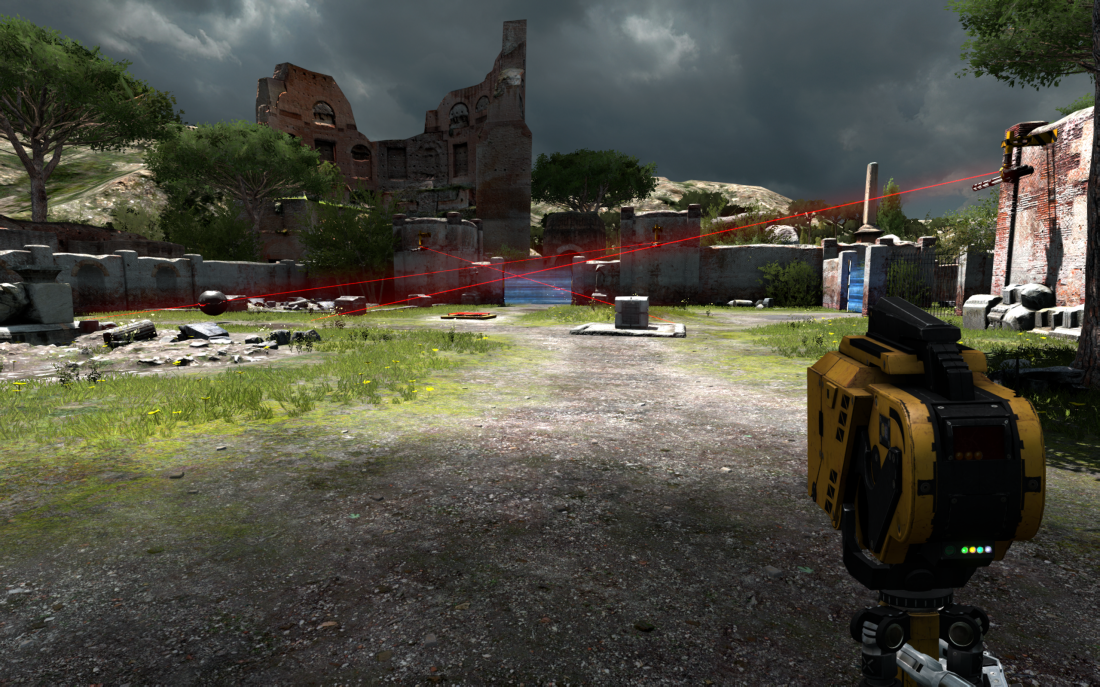
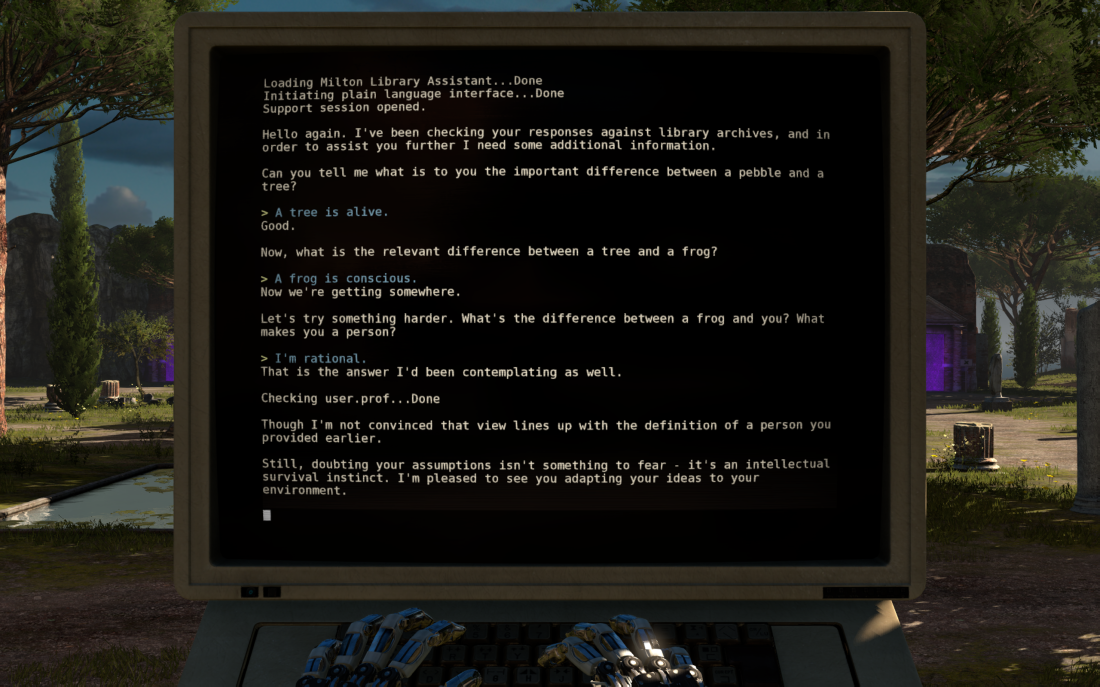
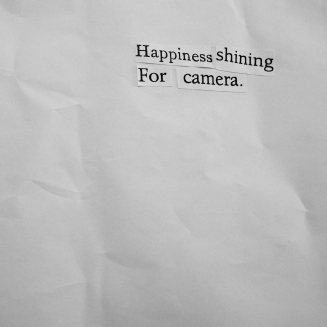

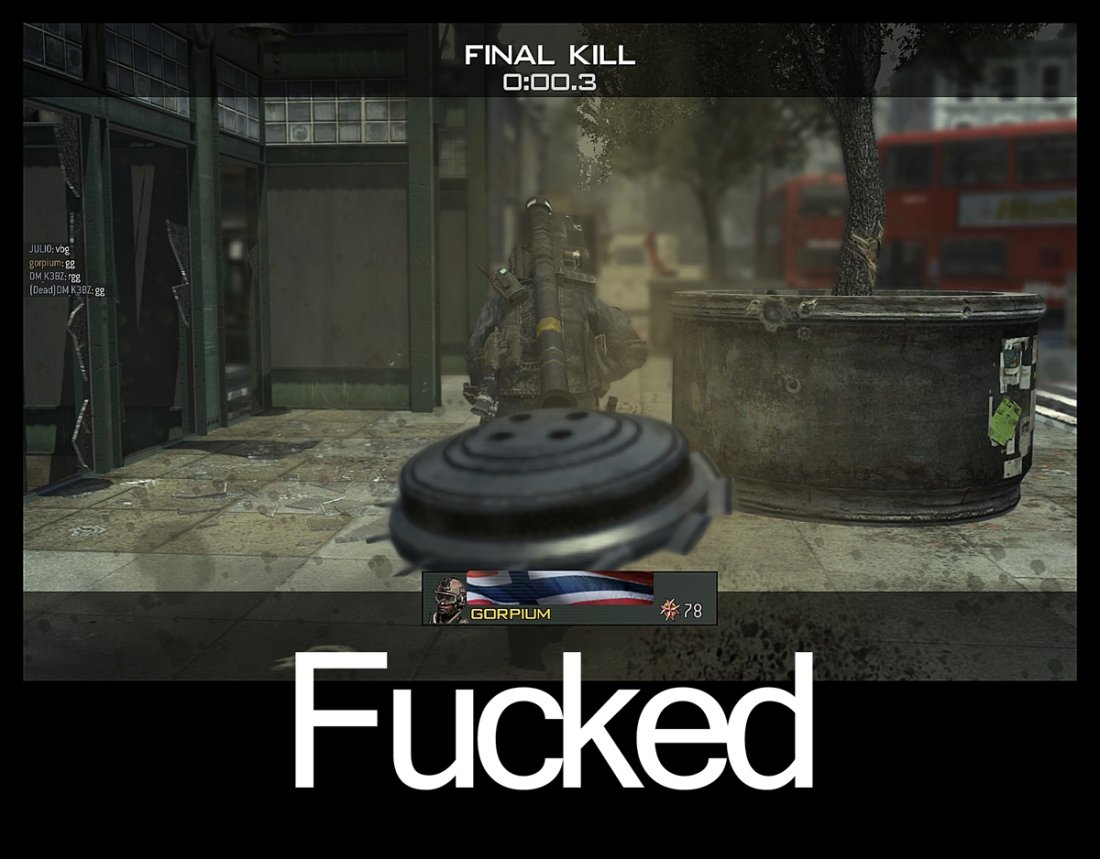

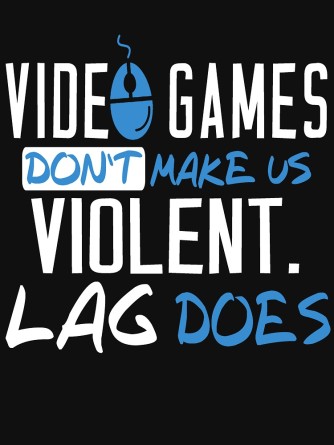 Aristotle used the term ‘catharsis’ for the act of purging emotions and relieving emotional tensions, and it’s believed that playing video games can help people in just that. However, like any theory, there are arguments against it. So I can only speak from my own experiences at the moment.
Aristotle used the term ‘catharsis’ for the act of purging emotions and relieving emotional tensions, and it’s believed that playing video games can help people in just that. However, like any theory, there are arguments against it. So I can only speak from my own experiences at the moment.
